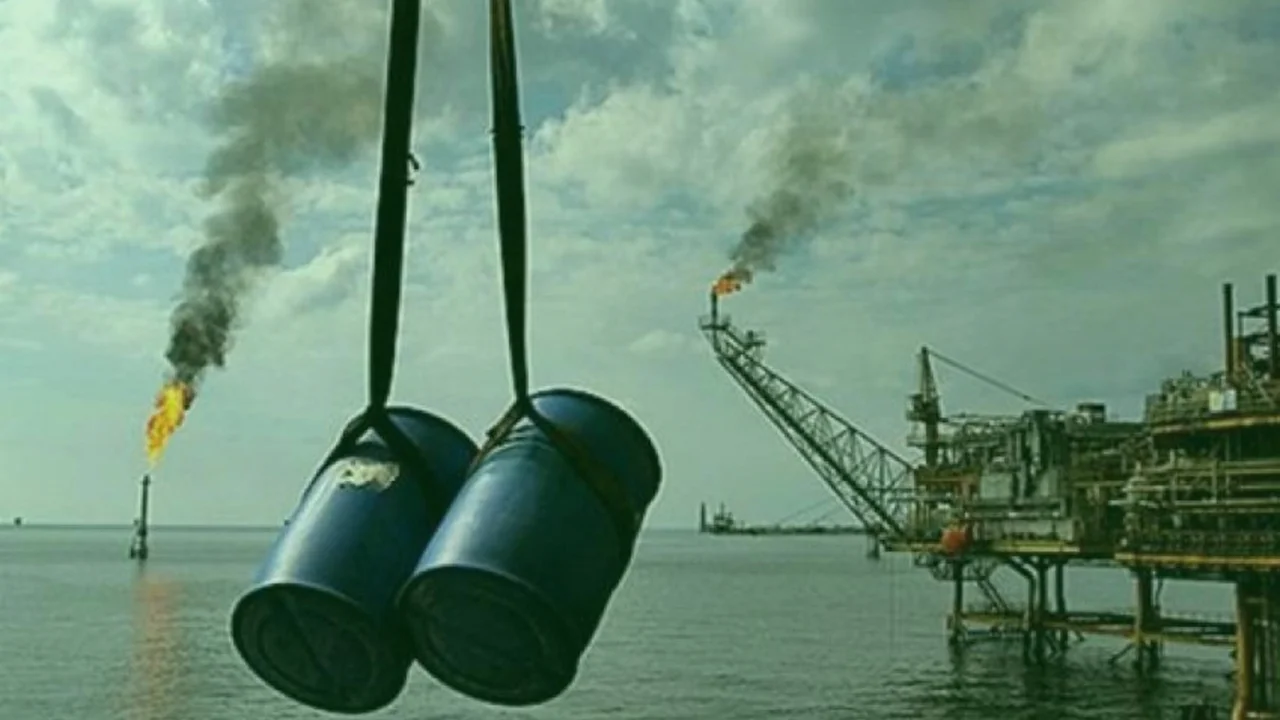Iranian Oil: Shadowy Middlemen Making a Fortune Amid Soaring National Poverty and Misery
In recent years the Islamic Republic has broken with Iran's long tradition of closely supervising its oil and gas exports. This tradition, which dates back to the days of Mohmmad Reza Shah Pahlavi, was perhaps disrupted first during the presidency of Mahmoud Ahmadinejad (2005-2013). After the international sanctions against Iran's nuclear program intensified, Tehran turned to a shadowy businessman and Iranian billionaire named Babak Zanjani, who ran a network with global reach. Zanjani's highly lucrative operation, however, came to an end after the US and EU imposed sanctions on him. Shortly thereafter, under Ahmadinejad's successor, President Hassan Rouhani, Zanjani was arrested on charges of corruption and embezzlement. He was subsequently sentenced to death, although the sentence was not carried out and Zanjani remains under arrest.
During Donald Trump's presidency, as the US sanctions were reinstated against the Islamic Republic, Tehran resorted to the Ahmadinejad-era techniques, including moving its oil and money through middlemen and under false names and pretenses. However, this time Iran has not relied on a single individual. Instead, it has spread the prize amongst the regime’s trusted groups with ties to the powerful Islamic Revolutionary Guard Corps (IRGC). As the oil prices have risen in recent months, so has the earnings of Iran's shadowy facilitators.
It is believed that the Iranian government is paying between $5-6 per barrel in discounts and commission to various brokers. For a single shipment by a large crude carrier (assuming that it carries 2 million barrels cargo), this translates to $10-$12 million. There are reports that the Iranian government for the first five months of the current Iranian calendar (March-July 2021) received only around 15% of the oil export revenue in the form of hard currency, the rest were given to Iran in the form of goods, often at inflated prices.
Therefore, these businessmen and agents - and not the Iranian people - are currently benefiting from the rising oil prices and the continuation of the sanctions.
Figure 1 shows that Iranian crude oil (based on the price of Iranian Light Crude) was priced 65% higher on average in the first 10 months of 2021 compared to 2020.
Alternatively, we can compare the price of Iranian crude oil in October 2020 vs. October 2021 (see Figure 2), which shows that Iranian crude oil price improved by an impressive 208% or in other words has more than doubled.
Meanwhile, Iran’s Bank Melli, one of the biggest banks in the country, is on the verge of bankruptcy, income inequality across the country has broken a new record, and in the oil-rich province of Khuzestan - the second largest contributor to Iran’s economy - people continue to struggle with one of the highest rates of misery and absolute poverty, without seeing the benefits of the rising oil prices.



